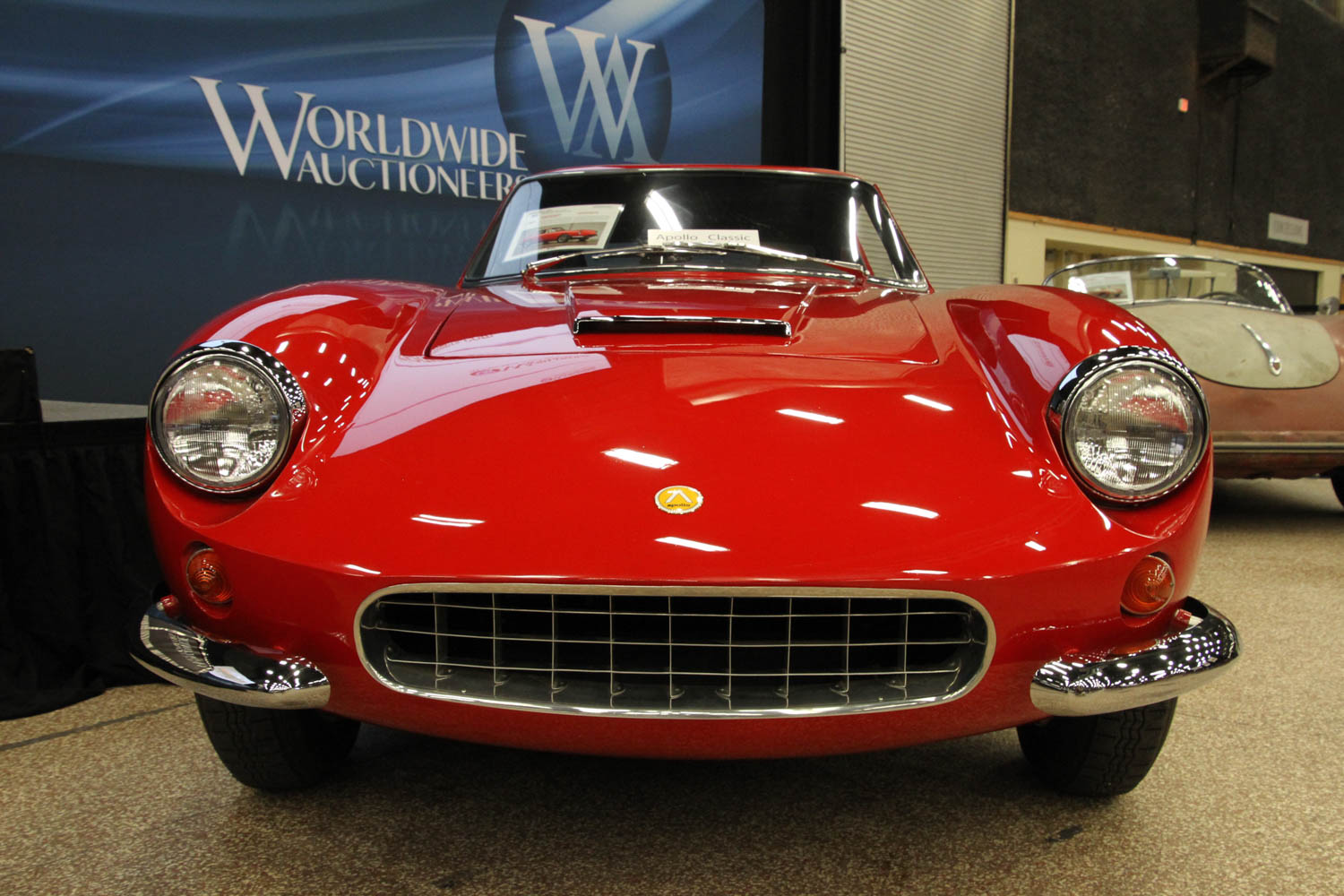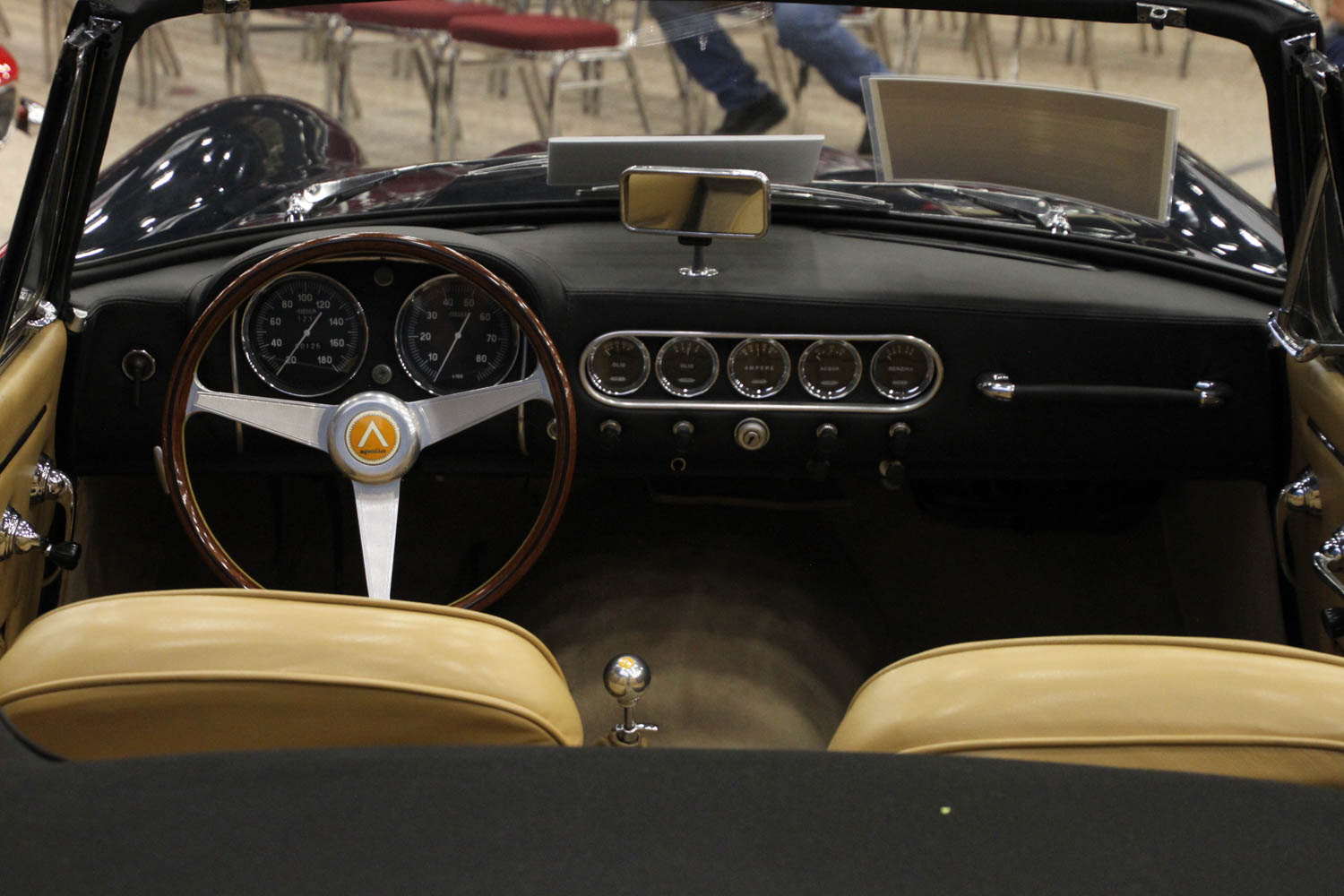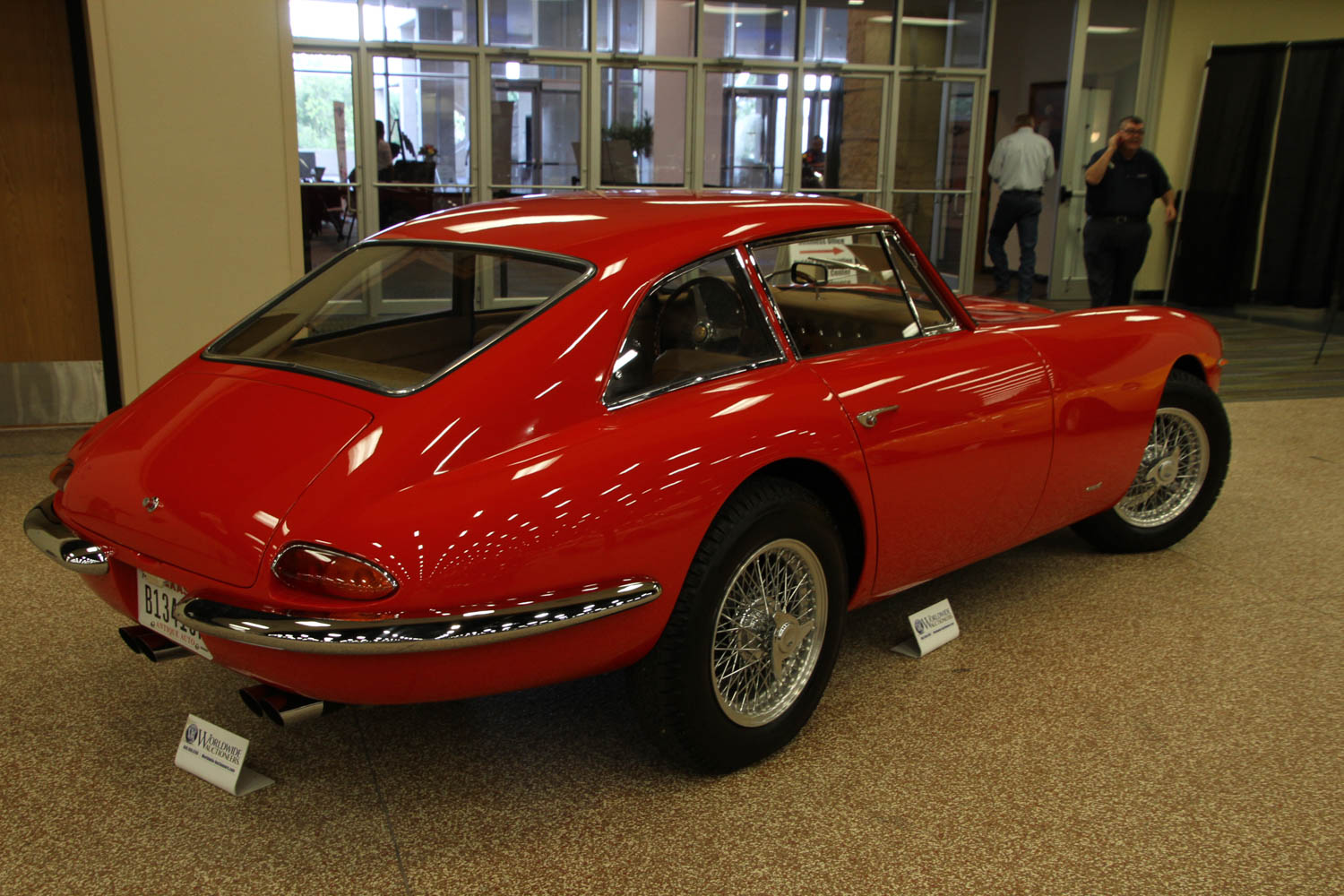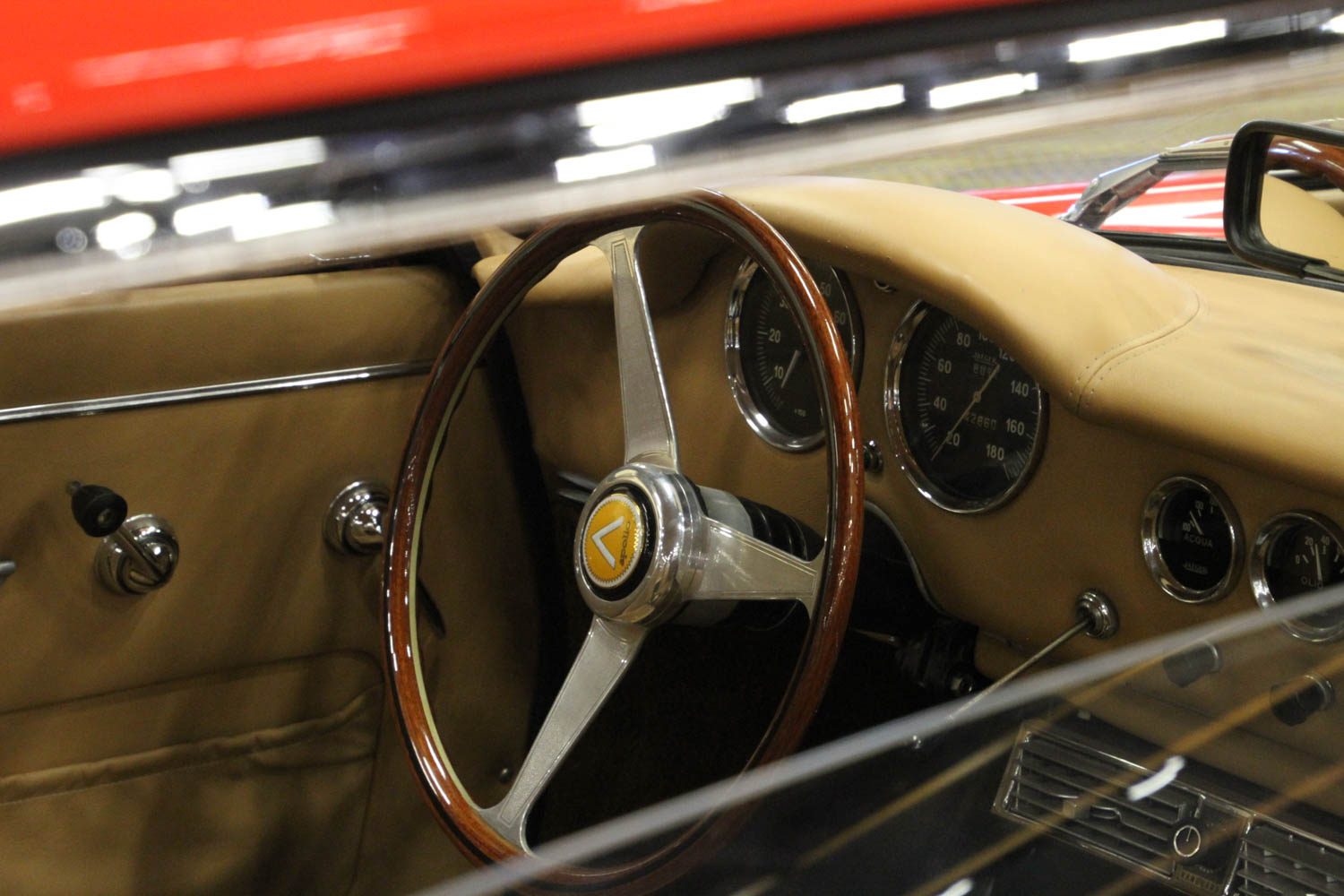Rare and inventive, the Apollo GT is far from forgotten
The sports car history books are chock full of ambitious young folks dreaming big, pooling their cash, and setting up shop to take on the world. Then they often run out of money, throw up their hands, and close their doors after just a few years and a few dozen examples are finished. Making cars is a business, after all, and as it turns out, building sports cars and turning a profit is not at all easy.
Business 101 aside, sometimes the cars themselves were fantastic and had serious potential. Talent, style, and clever engineering can’t always overcome a lack of capital coming in the door. A perfect example of one of these obscure but awesome automotive ventures is the Apollo GT, a marriage of Italian style and American engineering wed in Oakland, California, in 1963.
The birth of Apollo

From 1963–65, Apollo built just 88 production GTs, available in one of two body styles and with one of two engines. Those volumes mean they are rarer than many of the Ferraris, Jaguars, and Aston Martins they were meant to compete against.
At Worldwide Auctioneers’ sale in Corpus Christi, Texas, over the weekend, there were no less than three Apollos on offer. All sold at no reserve from the collection of Apollo’s original sales manager George Finley, including the very first production 3500 GT coupe ($242,000), the first production Apollo Spider ($506,000), and a later, more-powerful 5000 GT ($165,000).


Apollo was the brainchild of three friends in Northern California at the dawn of the 1960s. Milt Brown, Ron Plescia, and Ned Davis wanted to emulate the best of the large sports cars coming out of Italy and Britain at the time but with more car reliable American underpinnings. While at the Monaco Grand Prix in 1961, Brown met Frank Reisner, of Carrozzeria Intermeccanica, who agreed to provide finished bodies for Brown’s fledgling sports car venture.
Euro swagger, heart of stars and stripes

Plescia sketched out a European-influenced coupe body, and designer Franco Scaglione, of Bertone fame, further refined the shape. Intermeccanica then got to work on the production bodies themselves, which have elements of both Jaguar E-type and Ferrari 250 GT.
Meanwhile, Brown designed a steel ladder frame with Buick front subframe and front suspension, along with four-link trailing arm rear suspension. Power came from Buick’s new aluminum 3.5-liter (215-cubic-inch) V-8, which was remarkably light at around 300 pounds. Shifting came from a Borg-Warner T-10 four-speed manual. Au automatic was also available, as were Borrani wire wheels.
The bodies, shipped from Intermeccanica in Turin, arrived at International Motor Cars in Oakland, where the rest of the production process took place. Priced at under $7000, it was a good value compared to the Italian cars of the day but still more expensive than an E-type Jag.
Initial response to the Apollo was positive. The Apollo looked like a Ferrari and went like one too, and your average Buick mechanic could fix it. Good press from contemporary automotive magazines, plus support both Science and Mechanics and Town and Country, was encouraging enough for Apollo to come out with a convertible model. Demand for more power led to the 5000 GT, which was essentially the same car but with Buick’s new iron-block, aluminum-head 5.0-liter V-8.
The struggle was real
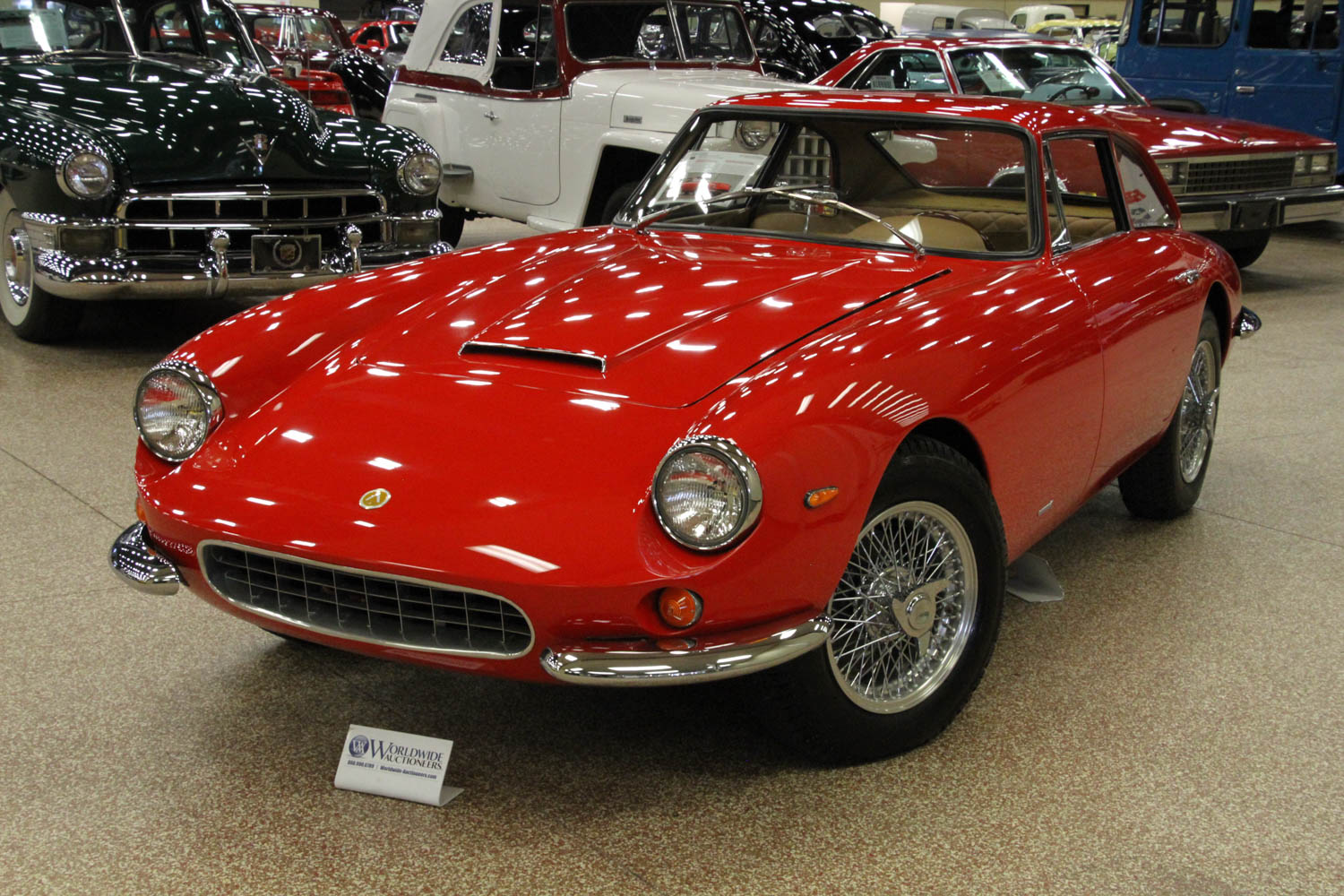
Apollo also planned a four-passenger car and even a mid-engine sports car, but by 1965 the writing was on the wall. The demand was there and the car was good, but lack of capital and cash flow meant the business was unsustainable, and the cost of shipping bodies from Italy to California was predictably huge. Apollo sold its assets, and the last handful of vehicles were rebadged as Vetta Venturas, while Intermeccanica went on to build its own small-batch American-powered sports cars like the Italia and Indra.
Still turning heads
20191004153303)
Worldwide’s Corpus Christi Old Car Museum auction featured over 200 cars (including a barn find Porsche 356 Speedster, which sold for $211,750) and motorcycles, plus a huge collection of rare pedal cars, but the highlights of the sale were the three Apollos on offer. For anyone shopping for, or just interested in, these rare Italian-American hybrids, Corpus Christi was the place to be.
Finley, the cars’ owner and the original sales manager for Apollo, introduced the cars along with Apollo’s co-founder Milt Brown, and looking back on his time with the company Finley joked that he “sold them out of business.” All are in mostly excellent restored #2 or #2- condition (Excellent), and the most significant of the group is the 3500 GT coupe that is also the first production Apollo. At $242,000, it’s the most expensive Apollo coupe sold at auction, but buyers clearly valued the rarity and top-down factor of the Spider more.
One of just 11 Apollo Spiders ever built, of which only five are thought to be left, and the only Spider fitted with the aluminum 3.5-liter engine, it garnered the most interest before the sale and took the highest price ever recorded for an Apollo at auction, bringing $506,000.
The 5000 GT, originally one of the final Vetta Venturas assembled in Texas, has since been restored with Apollo badging and brought the highest ever auction price for a 5000 GT at $165,000. Previously, the most expensive Apollo sold at auction was a $134,000 3500 GT coupe sold by RM Sotheby’s in Arizona earlier this year.
With a car as rare and seldom-seen as the Apollo, there’s little more you can do to gauge the market than looking at the most recent sales. These are the three most recent and three highest sales and are the new reference point for Apollo values. Unfortunately, as cool and as gorgeous as these cars are, we’ll probably never see this many in the same place again any time soon.
20191004153109)
20191004153240)
20191004153256)
20191004153312)
20191004153322)
20191004153336)
20191004153344)
20191004153143)
20191004153155)
20191004153202)
20191004153209)
20191004153217)
20191004153223)
20191004153230)

